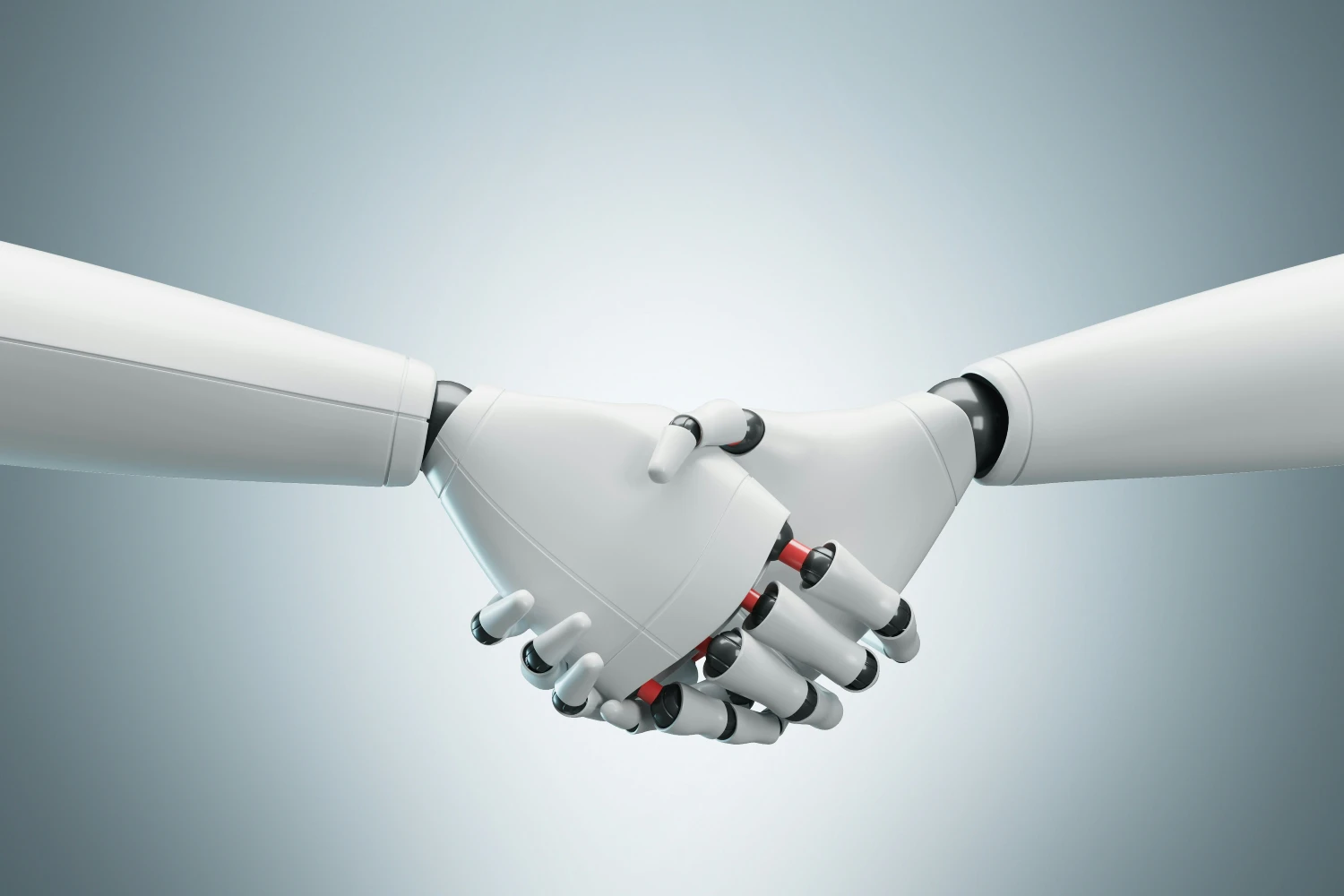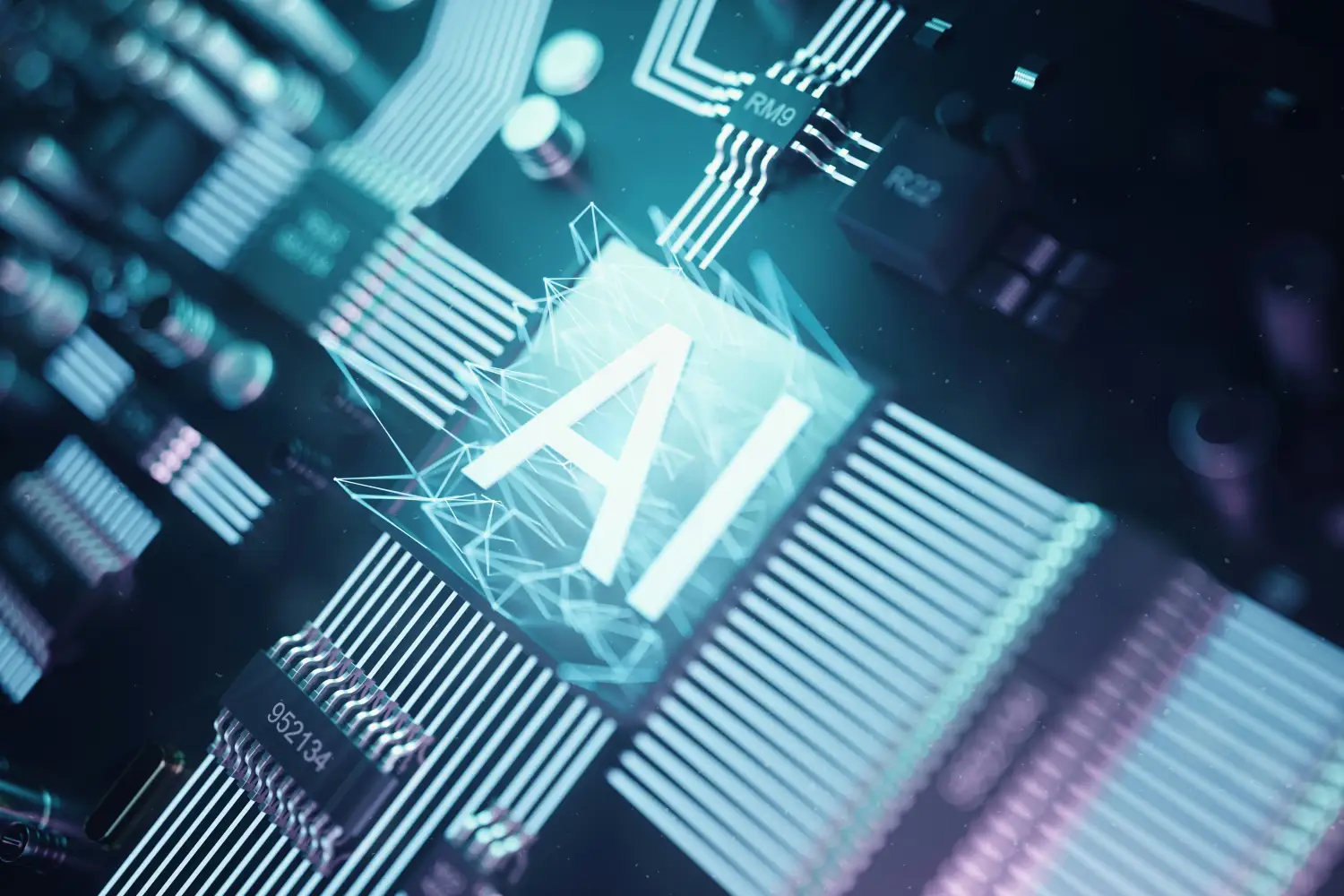AI agents can seem abstract, systems that think, decide, and act on their own. However, in reality, they follow a clear and structured process.
Understanding how they work helps business leaders see what’s possible today and where human oversight still matters. At Kleritt, we break the concept down into plain steps. An AI agent is essentially a workflow that can understand its environment, choose the next best action, and execute it, without needing constant human direction.
The Core Idea: Perceive, Reason, Act
Every AI agent works in three repeating phases:
- Perceive: The agent collects information from its environment. This might include reading data from your CRM, scanning emails, checking an API, or pulling metrics from a dashboard.
- Reason: Using logic, predefined rules, or large language models, the agent analyses what it sees and decides what should happen next. It might conclude that a lead looks promising, that an order is delayed, or that a report needs updating.
- Act: The agent then performs an action through connected tools: updating a record, sending a message, creating a task, or triggering another process.
This “sense–think–act” loop repeats continuously, allowing the system to monitor and maintain processes in real time.
The Building Blocks Behind an AI Agent
1. Input Layer
The entry point where the agent receives data, APIs, databases, forms, or sensors.
For business automation, this might be customer inquiries, inventory levels, or performance reports.
2. Reasoning Engine
The brain of the agent.
It interprets input, compares it to goals, and plans the next action. This can be based on decision trees, machine-learning models, or LLM reasoning frameworks such as OpenAI GPTs or Anthropic Claude.
3. Action Layer
This is where tasks get executed.
The agent communicates with applications through secure integrations (Zapier, Make, n8n, custom APIs). Each action produces new data that the agent can perceive again, creating a continuous feedback loop.
4. Memory and Learning
Advanced agents store past events and learn from outcomes.
For example, if an outreach sequence leads to a positive conversion, the agent can prioritise similar leads next time. Learning turns automation from static rules into adaptive systems.
How Agents Collaborate
In modern setups, multiple AI agents can work together.
One agent might gather data, another analyses it, and a third reports results to a dashboard or user. This “multi-agent” model allows businesses to divide complex processes into smaller, specialised roles that operate in sync, similar to a team with defined responsibilities.
According to McKinsey’s 2025 analysis on agentic AI, this coordination will define the next decade of automation, enabling flexible digital workforces that communicate across departments.
From Traditional Automation to Agentic Systems
The difference between standard automation and agentic systems lies in autonomy.
Traditional automation waits for a fixed trigger: if X happens, do Y.
AI agents instead work toward a goal: keep sales data accurate or reduce response time below 10 minutes. They decide how to reach that goal by evaluating conditions dynamically. This ability to reason within boundaries is what makes agents far more resilient than rigid workflows.
A Business Example
Ai agents are changing the way we work. Imagine your company receives dozens of supplier updates daily. A traditional automation might forward each message to a shared inbox. An AI agent, however, can:
- Read and classify the update (price change, delay, specification).
- Cross-check the data with purchase orders.
- Update your database or ERP automatically.
- Notify the right person only if an exception occurs.
In effect, it acts like an intelligent operations assistant, working quietly in the background, improving accuracy and freeing your team from repetitive checks.
How Kleritt Builds AI Agents That Work
Our approach focuses on clarity and measurable results:
- Process Audit: We map existing workflows and identify decision points suitable for agent logic.
- Goal Definition: Together we define what the agent must achieve: faster response, cleaner data, fewer manual steps.
- Architecture Design: We select the best combination of tools and AI models, always platform-agnostic.
- Implementation & Testing: We build, pilot, and refine until the agent performs reliably.
- Governance & Scaling: We ensure transparency, human override options, and documentation before expanding its scope.
Every system remains client-owned. Kleritt’s philosophy is that automation should create independence, not vendor lock-in. Although, as an Ai automation agency, we develop ai agents, we also believe that Ai agents aren't always the answer.
Security, Oversight, and Ethics
- Responsible deployment is critical.
- Each agent must operate within clear boundaries and maintain auditable logs.
- We follow GDPR principles and build in human review layers for sensitive data.
- Autonomy is powerful only when combined with control and accountability.
Key Takeaways
- AI agents follow a clear “perceive → reason → act” cycle.
- They integrate with existing tools to perform tasks autonomously.
- Collaboration between agents enables complex, cross-system workflows.
- Businesses gain time, accuracy, and visibility, without losing control.
At Kleritt, every agent is designed for clarity, security, and measurable ROI.






